Do Cockroaches Bite?
Do Cockroaches Bite?
Powerful Biters and Un-Picky Eaters
Roaches in general are notorious for their ability to consume nearly anything as sustenance including dust bunnies, rotten foods, paper products, animal excrements, dead insects, and animals, and even some poisonous plants and chemicals. They are virtually the garbage disposals of nature, and it is exceedingly rare for a roach to run out of things to munch on. This wide menu that includes a variety of tough “dishes” has led to significant interest in scientific communities regarding the strength of cockroaches’ jaws. In response, scientists from both the United Kingdom and Germany embarked on a series of experiments to test the bite force of American Roaches. During the testing, researchers were shocked to find that not only were the roaches not hesitant to bite down on the sensor device, but two roaches clamped down so hard, that they managed to chip their distal teeth. Based on data collected from 300 different bites, scientists found that, with relation to their body size, the bite of American roaches is, on average, five times more powerful than that of the average human. 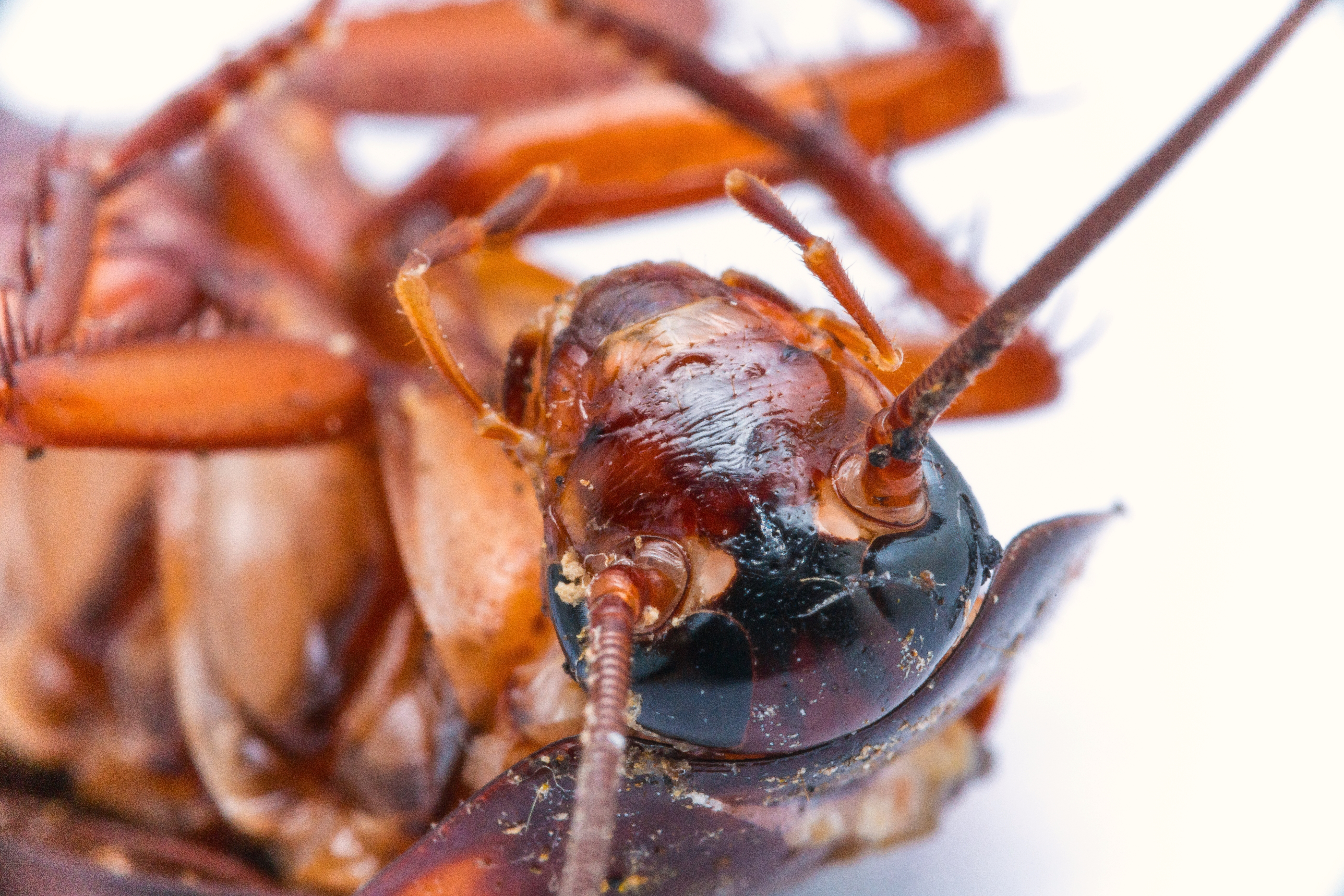
A Rare Occurrence
In developed countries such as the United States, roach bites are considered quite rare. However, while it may be a rare occurrence, it is not unheard of. Areas that are highly concentrated with roaches, such as a residence with a particularly large infestation, can lead to far higher chances of roaches biting. In general, roaches are non-aggressive towards humans and will not engage in hostility with us unless it is as a last resort. As such, most reports of roach bites are not exactly what you may think of when you imagine a “bite.” In documented cases of roach bites over the years, the most common situations included (SQEAMISH BEWARE) roaches consuming the scabs, sores, or toenails/fingernails of living people, and roaches feasting on corpses. When roach bites do occur, it is often when people are sleeping and is due to the enticement of a wound or dead tissue to feed on, or in the case that they feel severely threatened and their bite is a last means of defense. 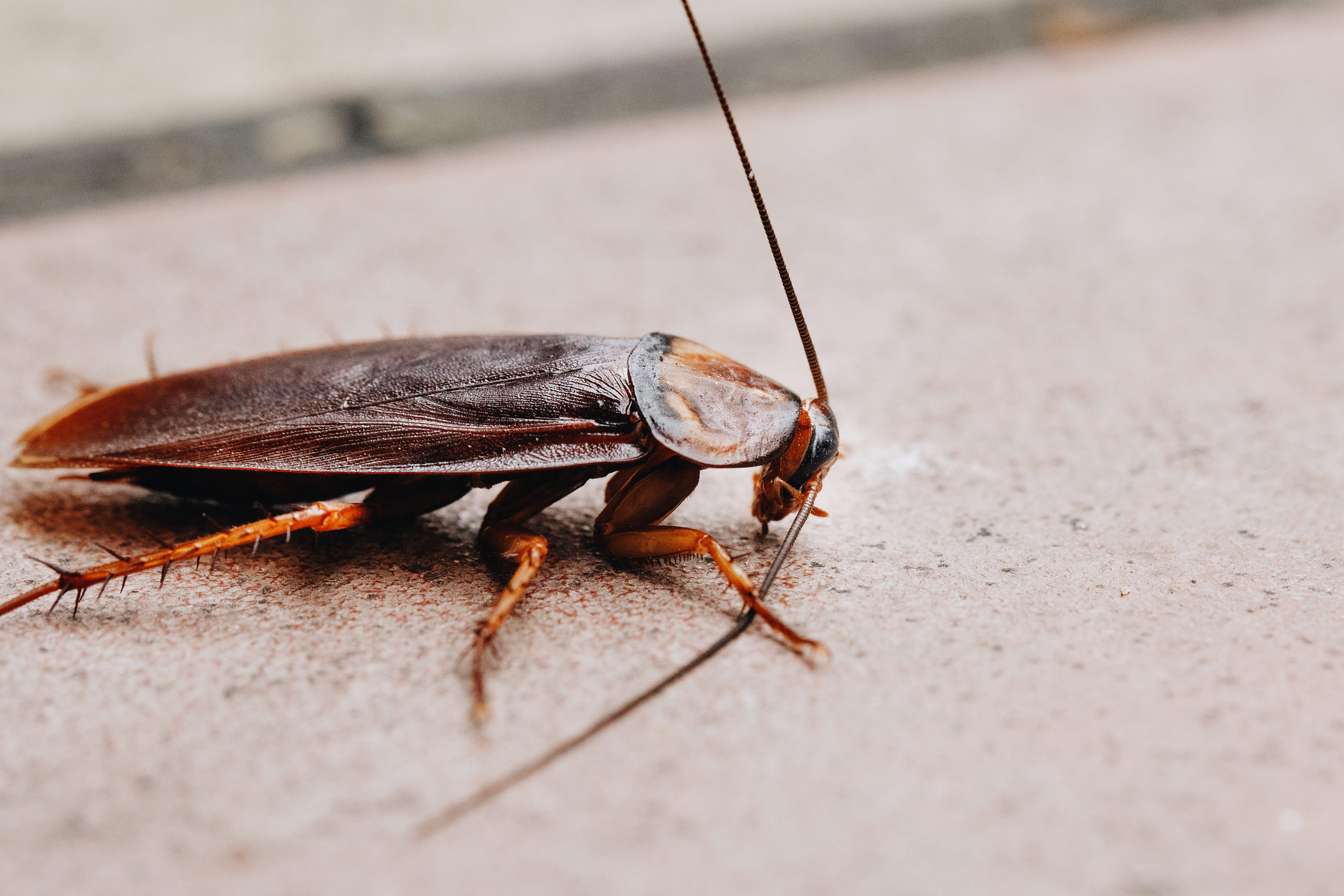
Identifying Roach Bites
Bites from roaches can vary in appearance depending on the species of roach, severity of the bite, and even the bite location. Due to this, it can sometimes be difficult to decern the bites of cockroaches from other insect bites. In general, however, roach bites tend to appear as the following with respect to each roach species: German Roaches: these bites have been known to result in “crusted ulcerations” and leave behind both scars and significant skin discoloration Oriental Roaches: these bites are accompanied by inflammation of the skin and, in more serious cases, can result in skin necrosis and discoloration 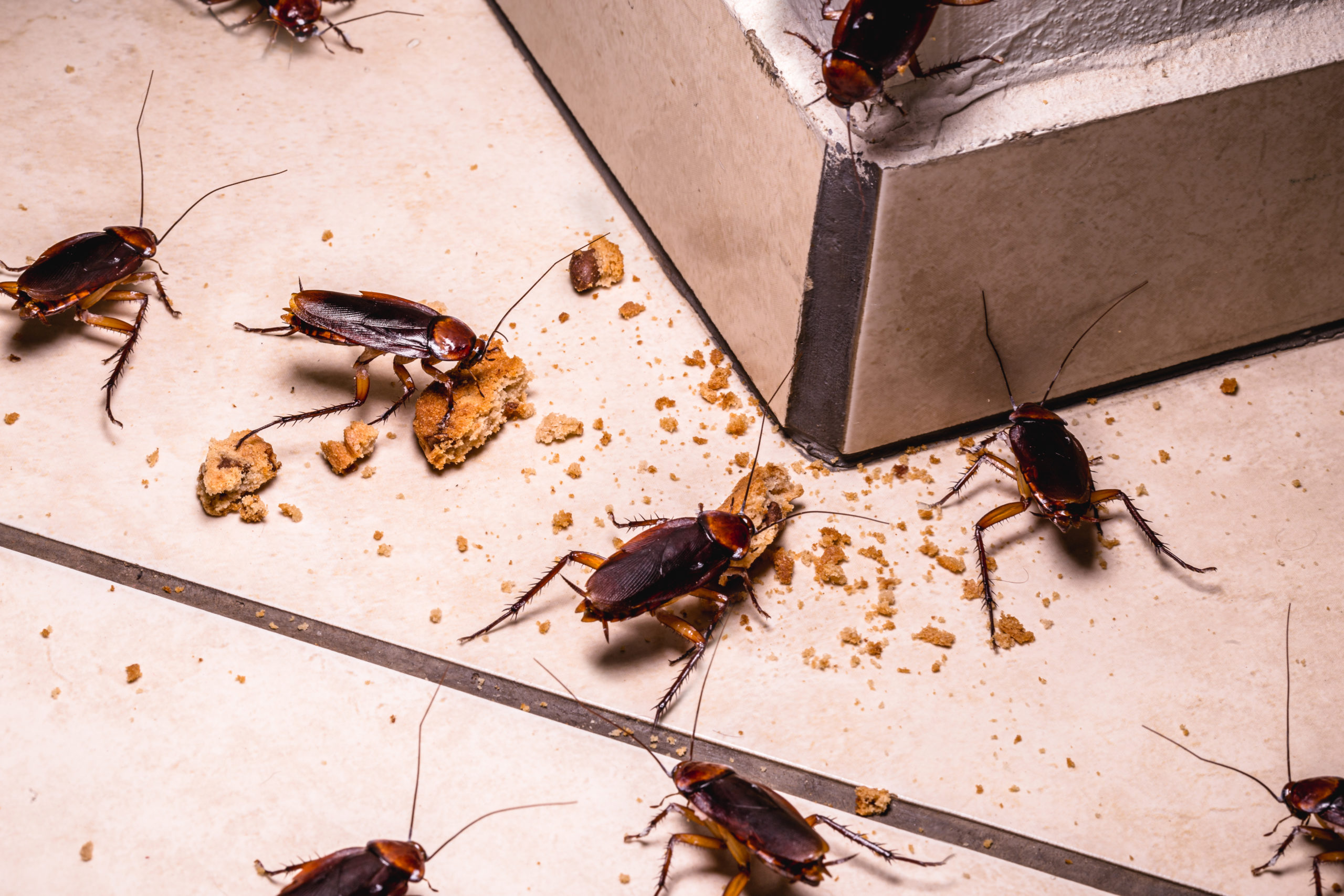
False Reports
Some reported roach bites… may not be roach bites at all. Cockroaches bare a particularly similar resemblance to another nasty insect: water bugs. They are both, on average, 1 – 2 inches long, have oval-shaped bodies, and are often a brownish color. They do have different numbers of legs, but while roaches have six legs, water bugs have four and a pair of very large pinchers that can often be mistaken as a third set of legs. While roaches actively try to avoid interaction with humans and scurry away in our presence, water bugs have been known to deliver quick, painful bites to people if startled or approached. At a quick glance, it is more than likely that these insects will be confused with roaches, generating some unintentionally false reports of cockroach bites. 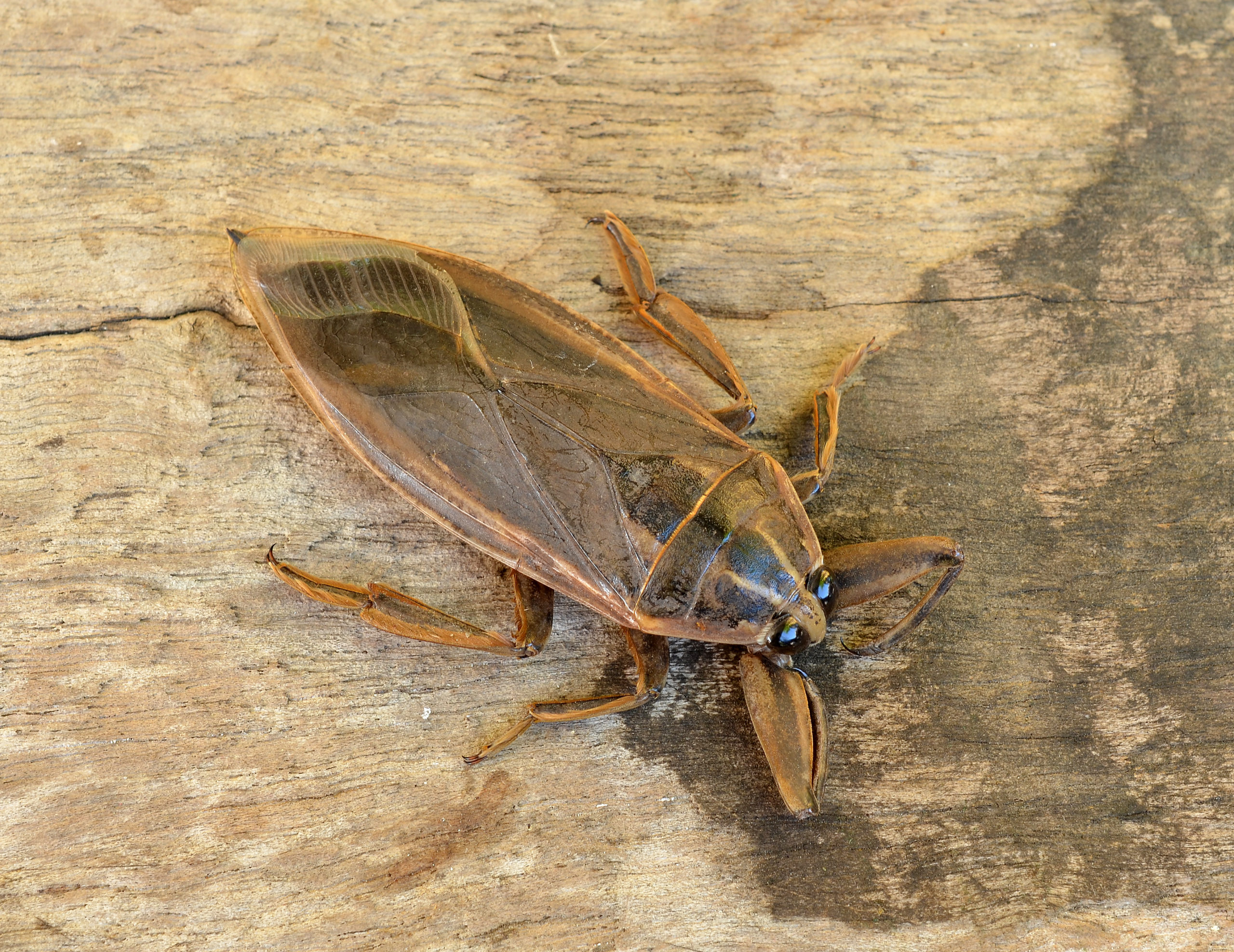
The Dangers of Cockroaches
While rare, roach bites are not to be taken lightly. If bitten, the area should be cleaned and examined by a medical professional as soon as possible in order to receive proper care and instruction. In addition to their bites, roaches pose a series of other health concerns. These insects are extremely filthy and can carry bacteria, virus’, fungi, and molds on their bodies, contaminating everything they touch. Roaches also leave behind a considerable amount of debris as they slink through your home. They leave droppings, saliva, shed skin shells, severed body parts, and more, all of which can become airborne debris. Once airborne, these allergens can cause severe breathing complications for people with asthma or other breathing difficulties. 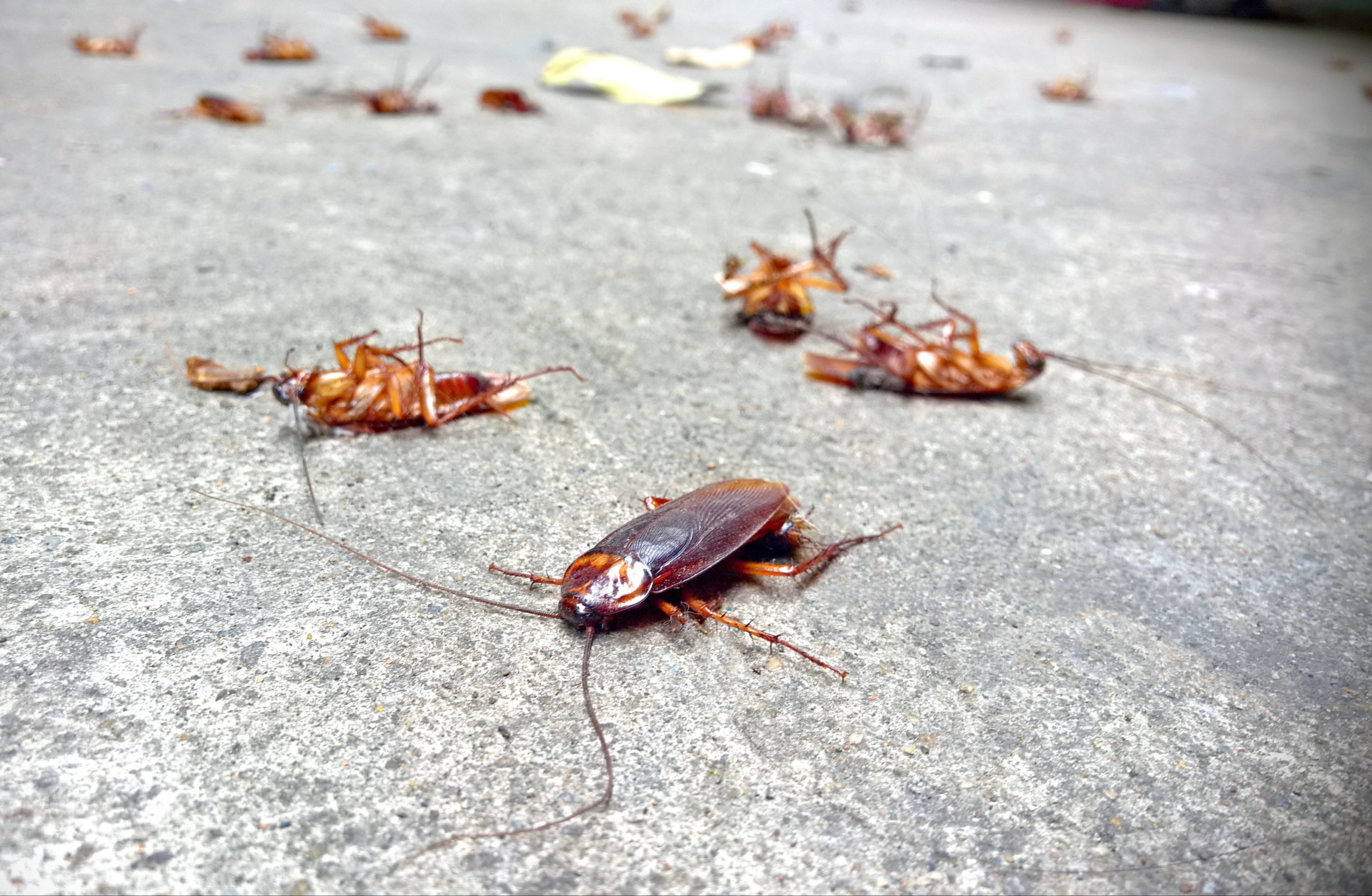
Citations
Choate, P. (2003) Giant Water Bugs, The Entomology Department of the University of Florida. The Florida Department of Agriculture and Consumer Services. Available at: https://entnemdept.ufl.edu/creatures/misc/bugs/giant_water_bugs.htm (Accessed: August 13, 2021). Cockroaches (no date) National Center for Healthy Housing. Available at: https://nchh.org/information-and-evidence/learn-about-healthy-housing/health-hazards-prevention-and-solutions/cockroaches/ (Accessed: January 20, 2021). Kim, G. and Polan, S. (2018) Why Cockroaches Are So Hard To Kill, YouTube. Science Insider. Available at: https://www.youtube.com/watch?v=KKYJf2DL1FM (Accessed: July 2020). Nuwer, R. (2015) A Cockroach Can Bite With a Force 50 Times Its Body Weight, Smithsonian Magazine. The Smithsonian Institute. Available at: https://www.smithsonianmag.com/science-nature/cockroach-can-bite-force-50-times-its-body-weight-180957246/ (Accessed: February 10, 2021). Ray, C. C. (2018) Do Cockroaches Carry Diseases?, The New York Times. Available at: https://www.nytimes.com/2018/08/03/science/cockroach-diseases.html (Accessed: January 20, 2021). Shoemaker, J. (2021) “Do Cockroaches Bite?,” Pest Control Technology, July, pp. 86–88. Sullivan, D. and Frothingham, S. (2020) Are Cockroaches Dangerous?, Healthline. Available at: https://www.healthline.com/health/are-cockroaches-dangerous (Accessed: January 2021).
Request a Free Quote Today
(We do not share your data with anybody, and only use it for its intended purpose)
